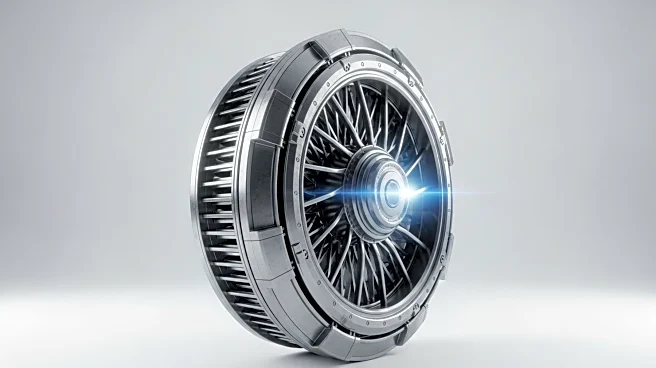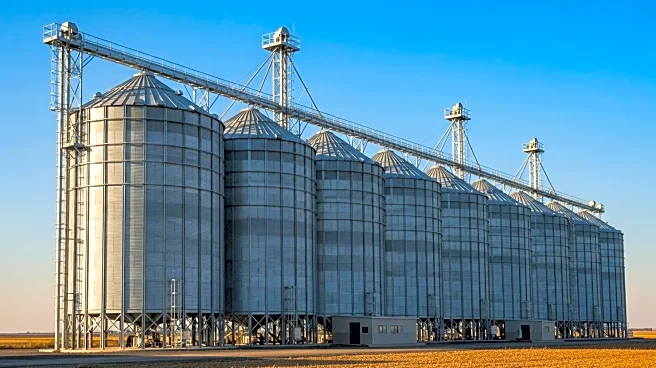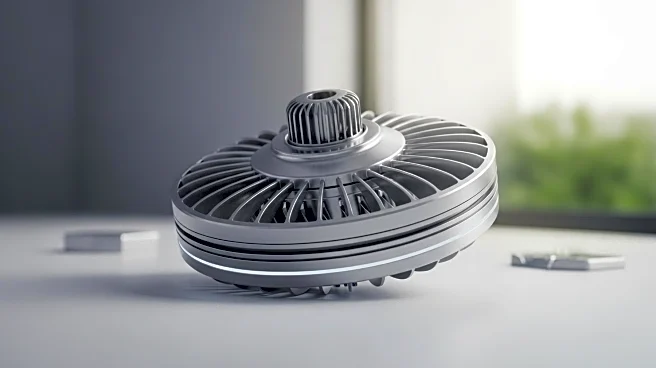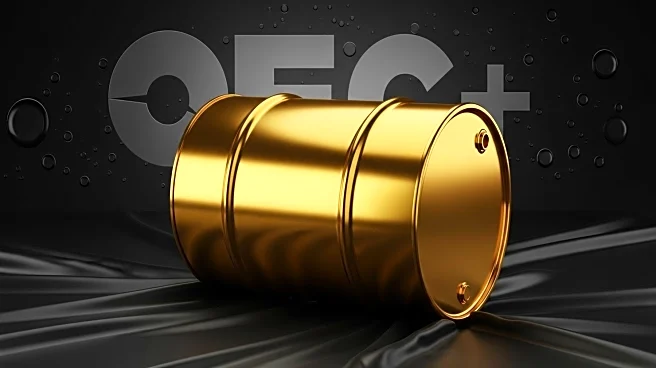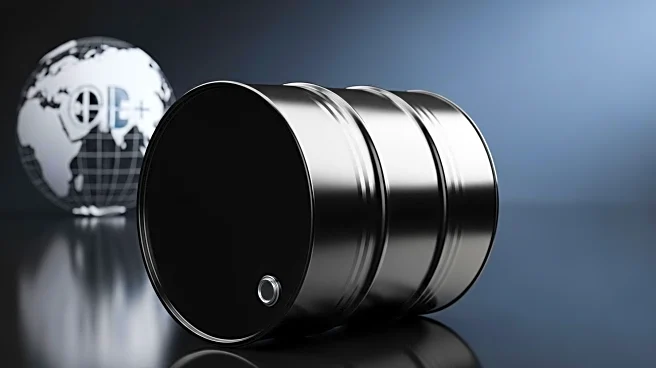What's Happening?
The VOC Rotor market is experiencing growth due to stringent environmental regulations and cost-efficiency advantages. VOC Rotors are air pollution control devices that capture and concentrate volatile organic compounds (VOCs) from industrial exhaust streams. These systems utilize rotating wheels coated with adsorbent materials like zeolites or activated carbon, achieving 90-95% VOC removal efficiency while reducing energy consumption compared to traditional methods. The market is projected to grow from USD 161 million in 2025 to USD 217 million by 2032, driven by regulatory demands and technological advancements.
Why It's Important?
The adoption of VOC Rotor technology is crucial for industries facing strict emission regulations, such as automotive, chemical processing, and electronics manufacturing. These systems offer a cost-effective solution for emission control, reducing operational costs and energy consumption. As industries strive to comply with environmental standards, VOC Rotors provide a viable option for sustainable practices, potentially leading to reduced environmental impact and improved air quality.
What's Next?
The market is expected to expand further, with increased demand in Asia due to rapid industrialization and tightening environmental regulations. Companies are investing in multi-pollutant removal solutions, combining VOC Rotors with thermal oxidizers or catalytic converters for comprehensive air quality management. This trend indicates a growing focus on integrated pollution control technologies.
Beyond the Headlines
The development of advanced adsorbent materials and rotor designs is enhancing the performance and application scope of VOC Rotors. These innovations are making the technology suitable for demanding environments, such as semiconductor manufacturing and pharmaceuticals, where traditional systems may degrade rapidly.
